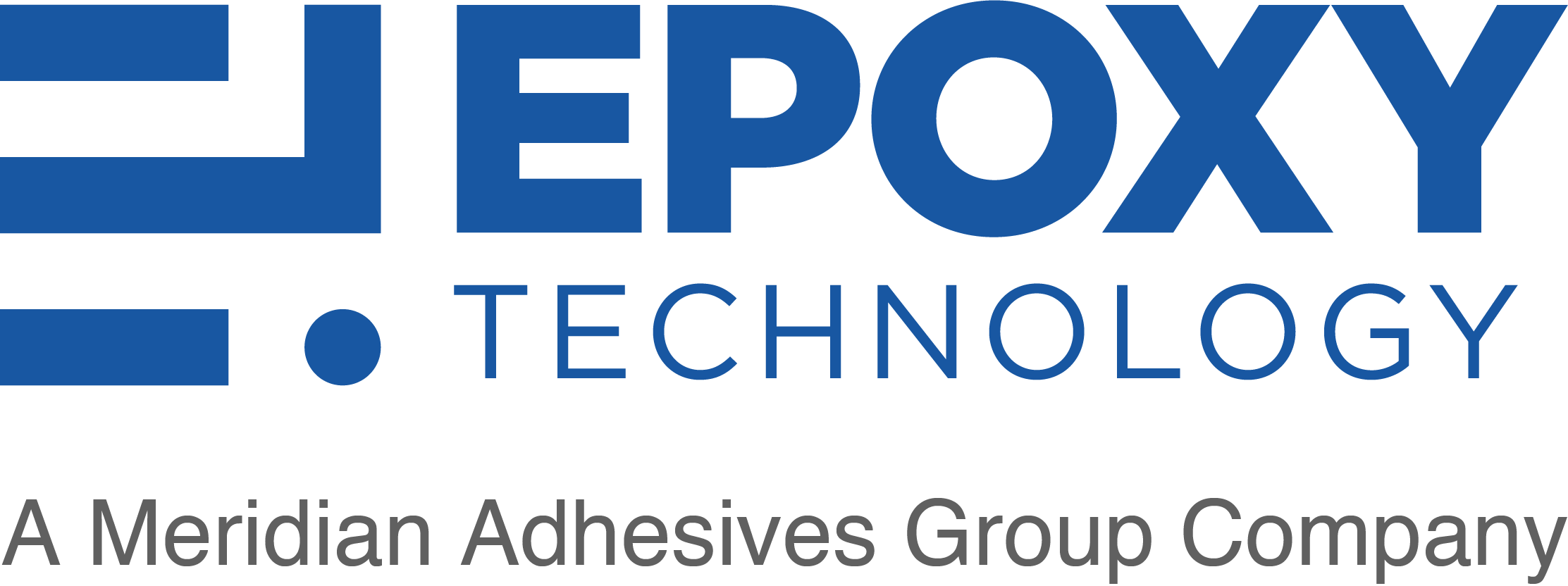The ratio of the radiant energy emitted by a source to the radiant energy of a perfect radiating surface (black box) having an equivalent surface area with all other relevant conditions being the same.
Emulsion
A stable mixture of two or more immiscible liquids held in a suspension by small percentages of emulsifiers.
Encapsulant
The material used to cover COB devices to provide mechanical protection and to ensure reliability, typically an epoxy.
Encapsulation
The sealing or covering of an element or circuit for the purpose of mechanical and environmental protection.
Endoscope
A fiber optic bundle used for imaging and viewing inside the human body.
Epoxy
A thermosetting polymer containing the oxirane group.
Epoxy Resin
A material that forms straight chain thermoplastic and thermosetting resins. Epoxy resins have excellent mechanical properties and good dimensional stability.
Die Bonder
The placement machine for chips in a chip-on-board process line.
Die Bonding
The attachment of an integrated circuit chip to a substrate.
Dielectric
Nonconducting material used to encapsulate circuitry and in the manufacture of capacitors and printed circuit boards.
Dielectric Constant
When electrical energy is applied in a circuit, the insulating material of the electrical charge and releases it when the current is broken. Capacitance is the ratio of charge absorbed to the potential (voltage applied). Dielectric Constance is the ratio of an insulator’s capacitance to that of dry air. (1.0). A dielectric constant of 5 means an insulator will absorb 5 times more electrical energy than air.
Dielectric Strength
The voltage which an insulating material can withstand before breakdown occurs, expressed in volts per Mil
Diffraction Grating
An array of fine, parallel, equally spaced reflecting or transmitting lines that mutually enhance the effects of diffraction to concentrate the diffracted light in a few directions determined by the spacing of the lines and by the wavelength of the light.
Diffusion
A material transport phenomena that occurs in solids, and is caused by the continual physical motion of atoms from one position to another. This results in the flow of material from regions of high concentraion to regions of low concentration.
Dilatant
Fluid characterized by an increase in viscosity with an increasing shear rate.
Diluent
A reactive or non-reactive additive whose primary function is to lower the viscosity and extend the material to which it was added.
Diode
An electronic device that lets current flow in only one direction. Semiconductor diodes used in fiber optics contain a junction between regions of different doping. They include light emitters (LED’s and laser diodes) and detectors (photodiodes).
Direct Chip Attach (DCA)
A chip-to-substrate connection intended to reduce the first level of packaging. Here, the silicon die is inverted and mounted directly to the PCB. Also referred to as chip-on-board technology.
Direct Chip Attach Module (DCAM)
A component type developed by IBM¨ consisting of a small substrate with flip chips attached using the DCA process. This small substrate, or module, is now a component with solder pads on the bottom side that can be mounted to a board using conventional surface mount processes.
Discoloration
Any change from an initial color possessed by a material, either due to environmental or internal conditions.




